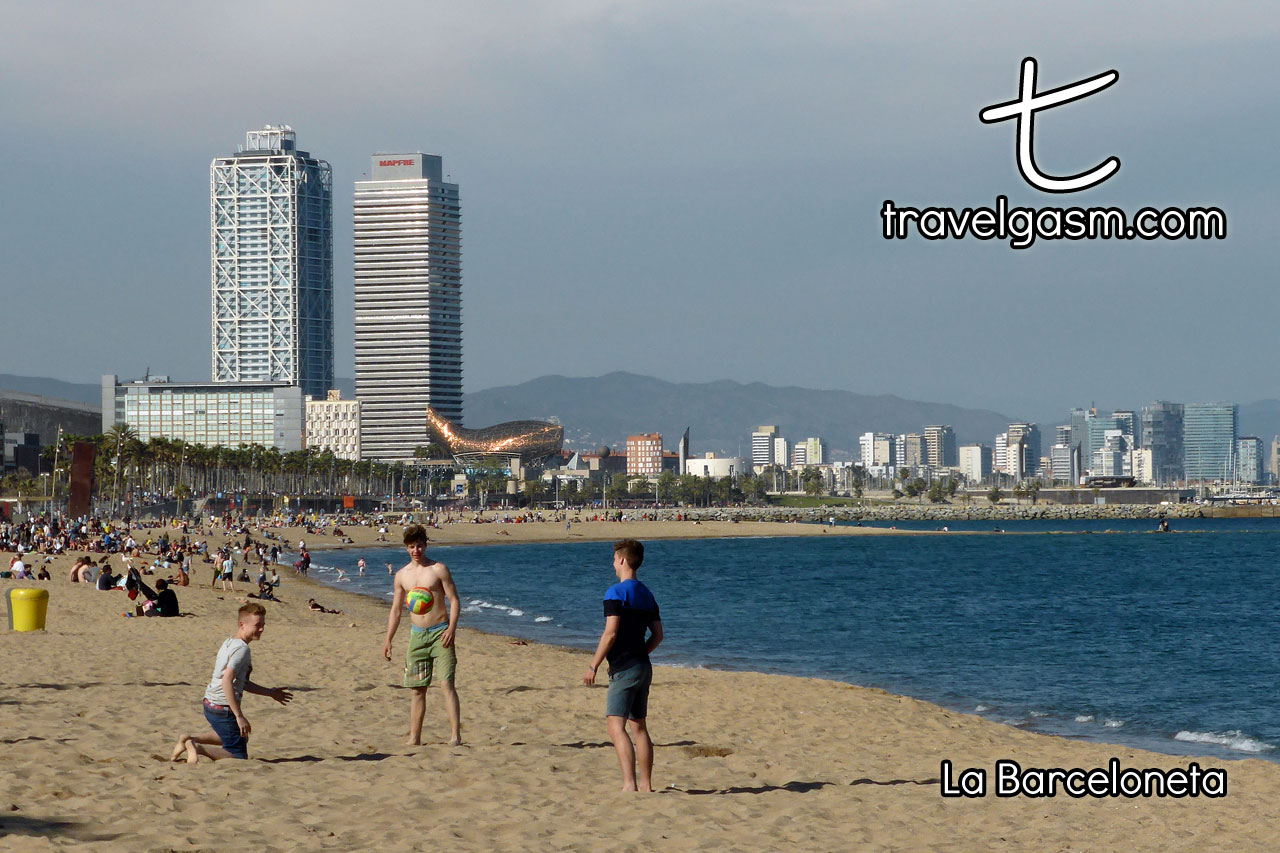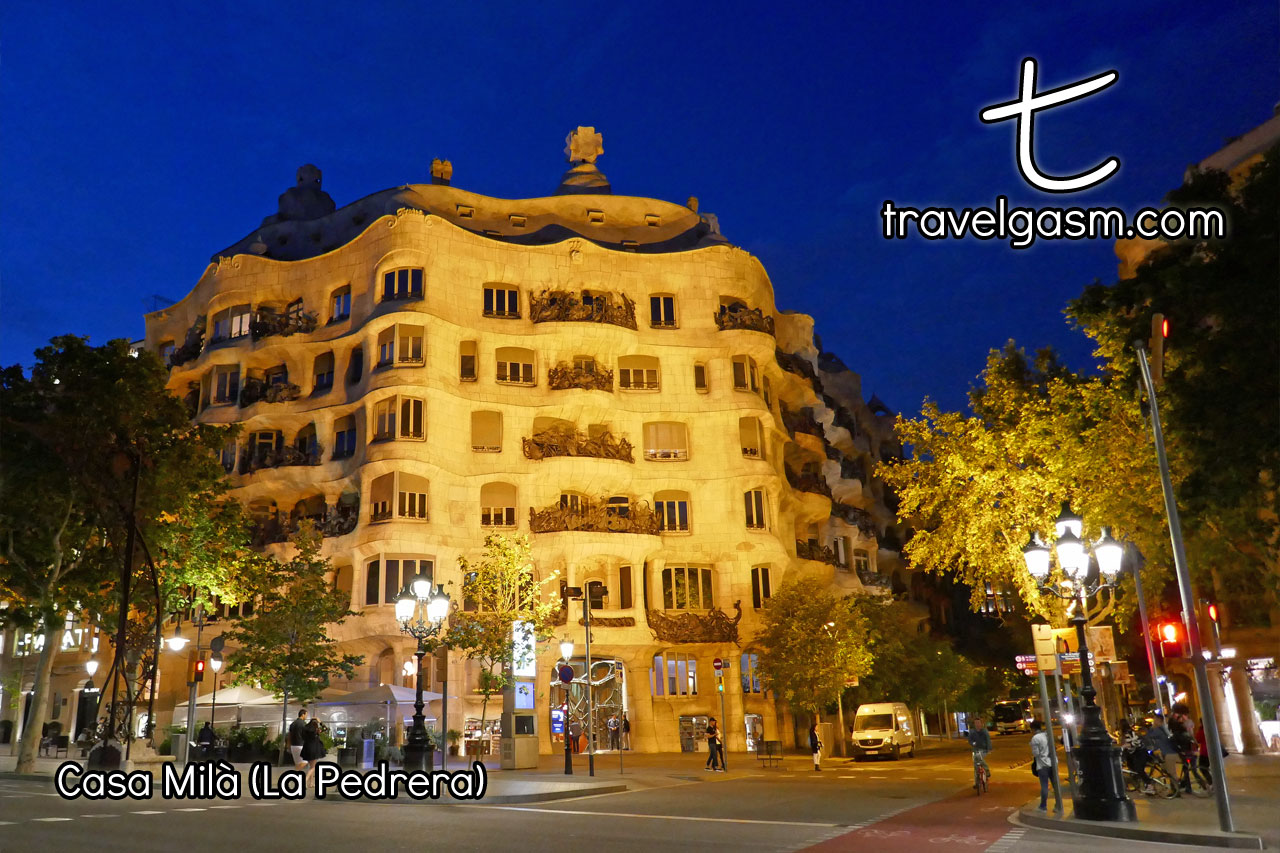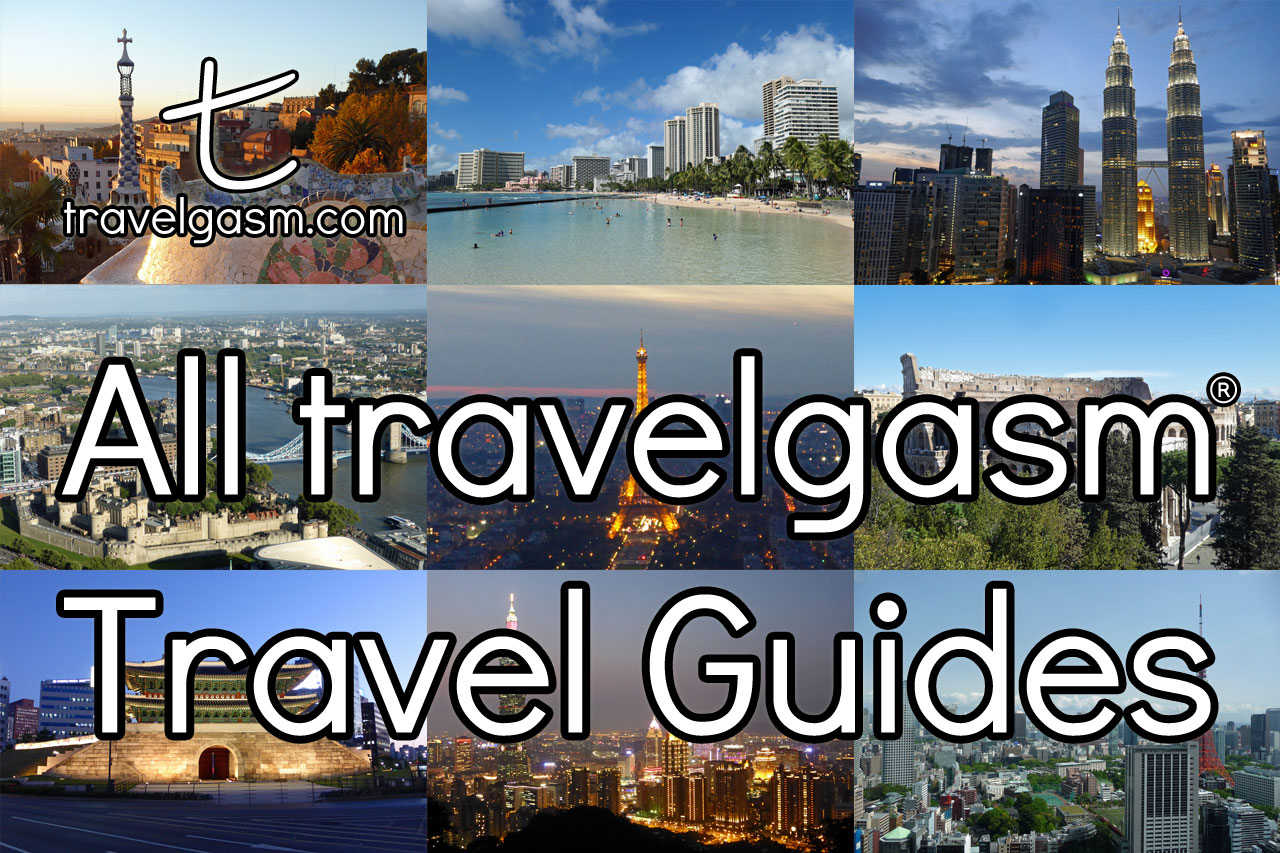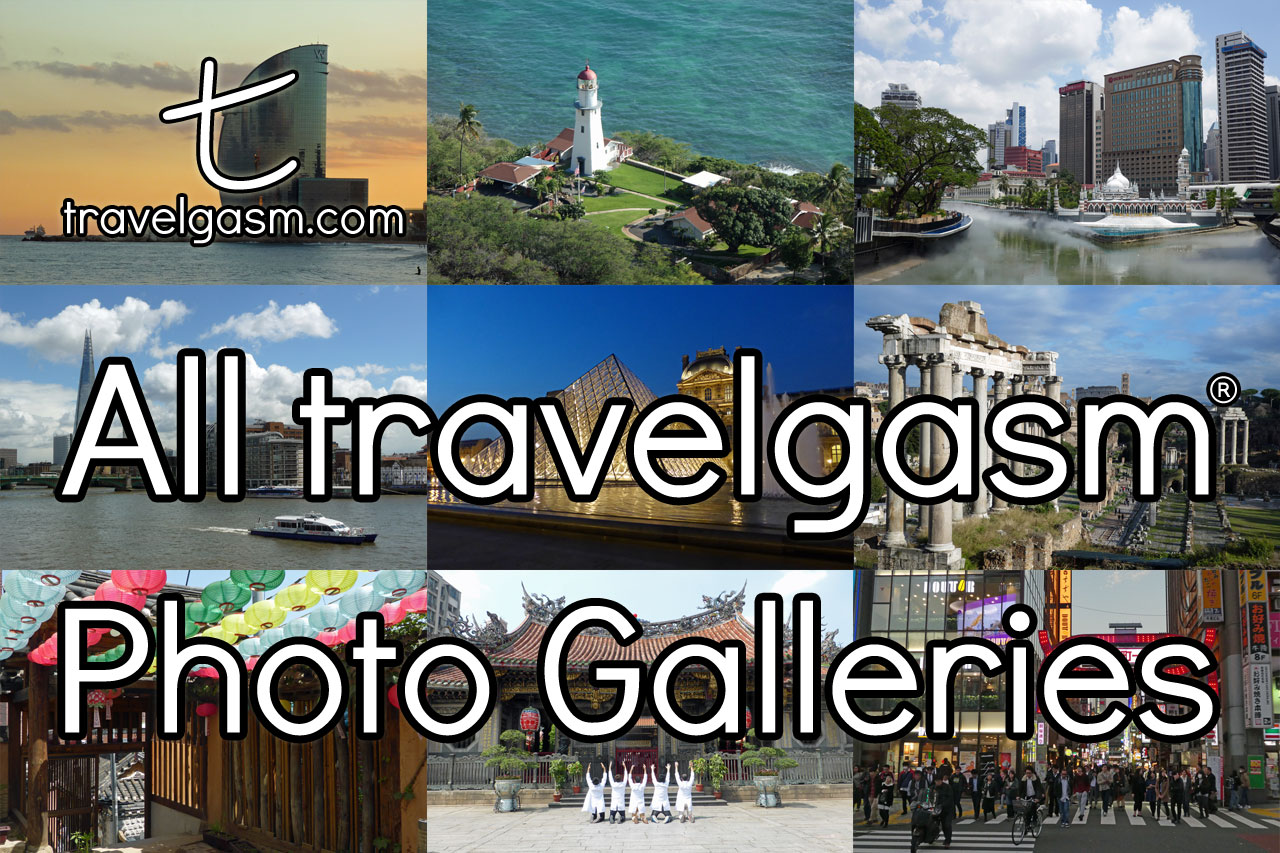Cities > Barcelona > 7 Things Tourists Do in Barcelona That You Should Do Also...
2) Explore the Labyrinth
The Best Walk for Famous Sites in the Gothic Quarter & El Born
2023 Travel Update: As of 2023, Spain essentially is open for tourism by both vaccinated and unvaccinated travelers without Covid-specific documentation or testing. However, be sure to double check the official government site for up-to-the minute details.
The oldest portion of Barcelona's Ciutat Vella (Old City) is the Gothic Quarter — Barri Gòtic in Catalan or Barrio Gótico in Spanish — which has its foundation pillars in the ancient Roman settlement of Barcino. Of course, many buildings have been built and rebuilt over the last two thousand years or so. Not everything is an ancient structure, but the area maintains its labyrinthine layout and a great deal of small-scale charm.
Walking Seven Gothic Quarter Attractions
Because the area largely is closed to cars, the Gothic Quarter can be a pleasant walk and a fun area to wander around without any particular destination. However, travelgasm.com has prepared a logical route that stitches together some of the more notable attractions and museums to save your time. You're welcome.
These seven attractions are organized in order on our map below:
- Barcelona History Museum (Museu d'Història de Barcelona, MUHBA) - Provides an overview of the history of Barcelona and a literal view of the Roman foundations of the city. Free on the first Sunday of each month and all Sunday afternoons starting at 3 PM. Closed on Mondays.
- Catalonian Government Palace (Palau de la Generalitat de Catalunya) - The headquarters of Catalan government since 1400. You can book a free tour in advance on the second and fourth weekend of each month, except during August.
- City Hall (Ajuntament de Barcelona) - Barcelona's city government building, founded in 1396. Open to visitors on Sunday mornings from 10 AM to 12:30 PM with an English language guided tour at 10 AM; no advance booking is required.
- Bishop's Bridge (Pont del Bisbe) - Added in 1928, this small neo-Gothic bridge has become one of the most popular photo ops in Barcelona.
- Barcelona Cathedral (Catedral de la Santa Creu i Santa Eulàlia) - This now Gothic-style cathedral has been rebuilt many times but can trace its lineage to the 13th century. Admission charge; conservative dress required (no exposed shoulders or knees).
- Santa Caterina Market (Mercat Santa Caterina) - Established in 1848, and easily recognizable by its undulating multicolored roof, this likely is the second most popular market for tourists in the city after La Boqueria.
- Picasso Museum (Museu Picasso) - Few famous pieces, but this museum covers the evolution of Picasso's work throughout his life. €12 general admission if purchased online; advance booking is strongly recommended during summer months. It is free on the first Sunday of each month and on Thursday evenings, but you still should prebook a ticket on free days to guarantee entry. A well-reviewed Skip-the-Line Picasso Museum Guided Tour also is available for advance booking.
If you would appreciate a guided tour of the Gothic Quarter, there are a number of well-reviewed — and reasonably priced — tours available via Foot and Electric Bike. If you would prefer a more upscale experience and a tour with food and drink, you might enjoy this also well-reviewed Tapas & Wine Small Group Walking Tour.
Where to Eat & Drink in the Gothic Quarter & El Born
To eat in the Gothic Quarter, our preferred option is the previously mentioned Mercat Santa Caterina. In our experience, Santa Caterina is not as crowded as La Boqueria, and you often can show up for a leisurely mid-morning Catalan breakfast of sausage and eggs and not have to wait for a seat. It is closed on Sundays.
Other restaurants in the area famous with tourists include Can Culleretes — established in 1786 and said to be the oldest surviving restaurant in the city — and the charming Els Quatre Gats — well-known as a hangout for Picasso and other creatives in the early 1900s.
For at least somewhat more local restaurants and bars, the adjacent neighborhood of El Born is a good option. It has no shortage of tourists, but El Born is popular with local residents, as well. Three eateries in the area that we enjoyed at one time or another are Bar Celta Pulperia for octopus-based tapas, Vegetalia for modern vegetarian with gluten-free choices, and Petra for classic Catalan cooking (and a very affordable set lunch).
Bars come and go — the attractive Passeig del Born is a good place to start exploring the latest — but three atmospheric cocktail joints that have been around for ages include Pitin Bar, Berimbau, and Collage. El Born is a small area; it is easy to find your own favorites, too.
El Born does not have a reputation for danger, but stay alert for pickpockets. It always is wise to be cautious in any neighborhood known for its nightlife. Pay attention to your surroundings, don't drink too much, and stay on streets with crowds of people, especially after dark.
The Gothic Quarter or El Born would be a convenient neighborhood to stay in Barcelona. If you are not within walking distance of El Born, be sure to double check the official schedule, but the metro generally runs until midnight during the week, until 2 AM on Friday, and all night long on Saturday nights (all night service was suspended during the pandemic, but it is back now).
Below, we have mapped out our preferred walk below from Jaume I Station (Line 4, Yellow) with an alternate arrival or departure point at Liceu Station (Line 3, Green). Depending on where you are coming from and where you are headed, one or the other may be best for you.
How to Get Here: Take Line 4 (Yellow) to Jaume I Station and use the Plaça de l'Àngel Exit. Make a 180-degree turn over your right shoulder to begin our suggested walk. Alternately, take Line 3 (Green) to Liceu Station and start at the La Rambla / Teatre Liceu Exit. If you leave via Liceu Station, note that you need to choose your travel direction from outside the station before heading down the applicable staircase. To head toward Trinitat Nova, you will need to enter on the Besos side (left side of La Rambla when facing the sea). To head toward Zona Universitària, you will need to enter on the Llobregat side (right side of La Rambla, again, when facing the sea).
travelgasm.com's Gothic Quarter & El Born Map (Full Screen)
Cities > Barcelona > Barcelona Best 7 > Next: (3) Stroll by the Sea... >>
Like the Gothic Quarter or El Born? Tell your friends and frenemies on social media that you discovered them first:
Be sure to see our 7 Things Tourists Don't Do in Barcelona, but You Should, too.
Intelligent and good-looking readers of travelgasm.com like you also sign up for our free monthly-ish mailing list.
Live in Barcelona? What tourist attraction do you most like to share with visitors? Spotted anything out-of-date or inaccurately translated? Please tell travelgasm.com. Gràcies! Thanks!











